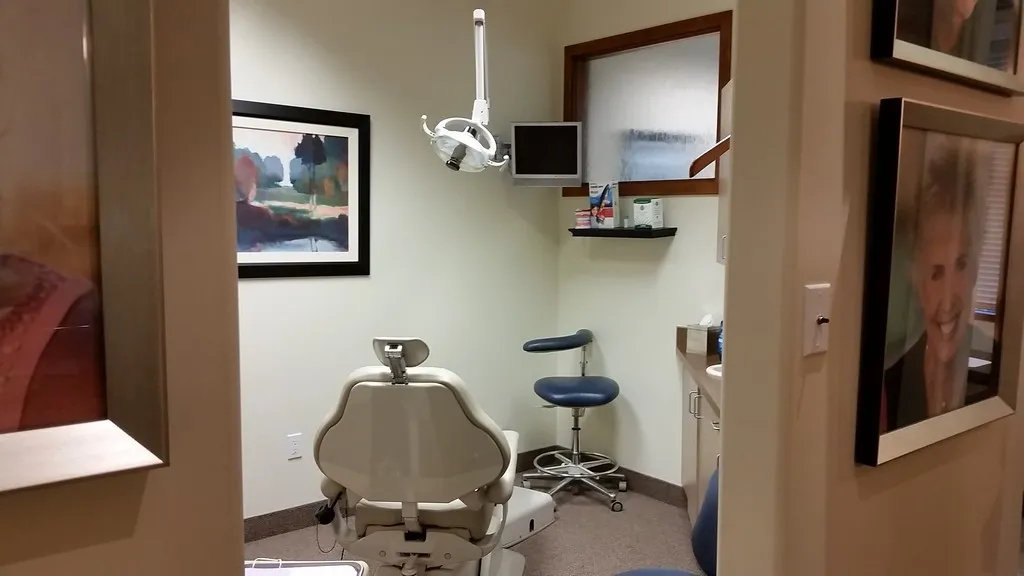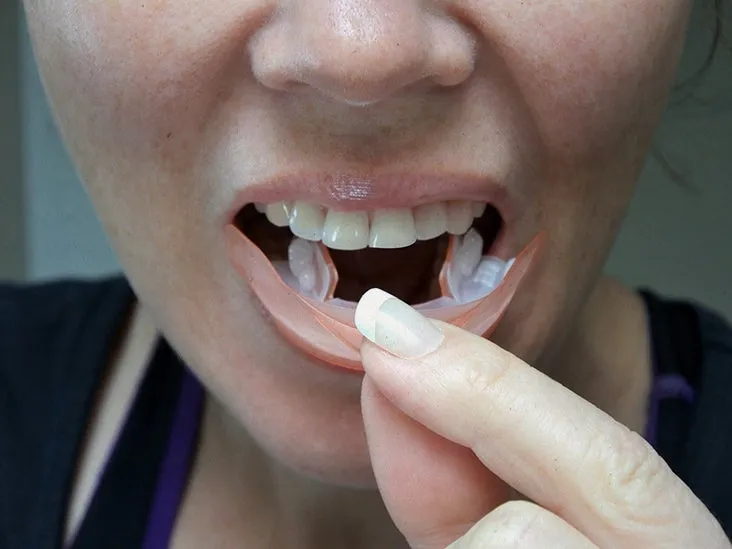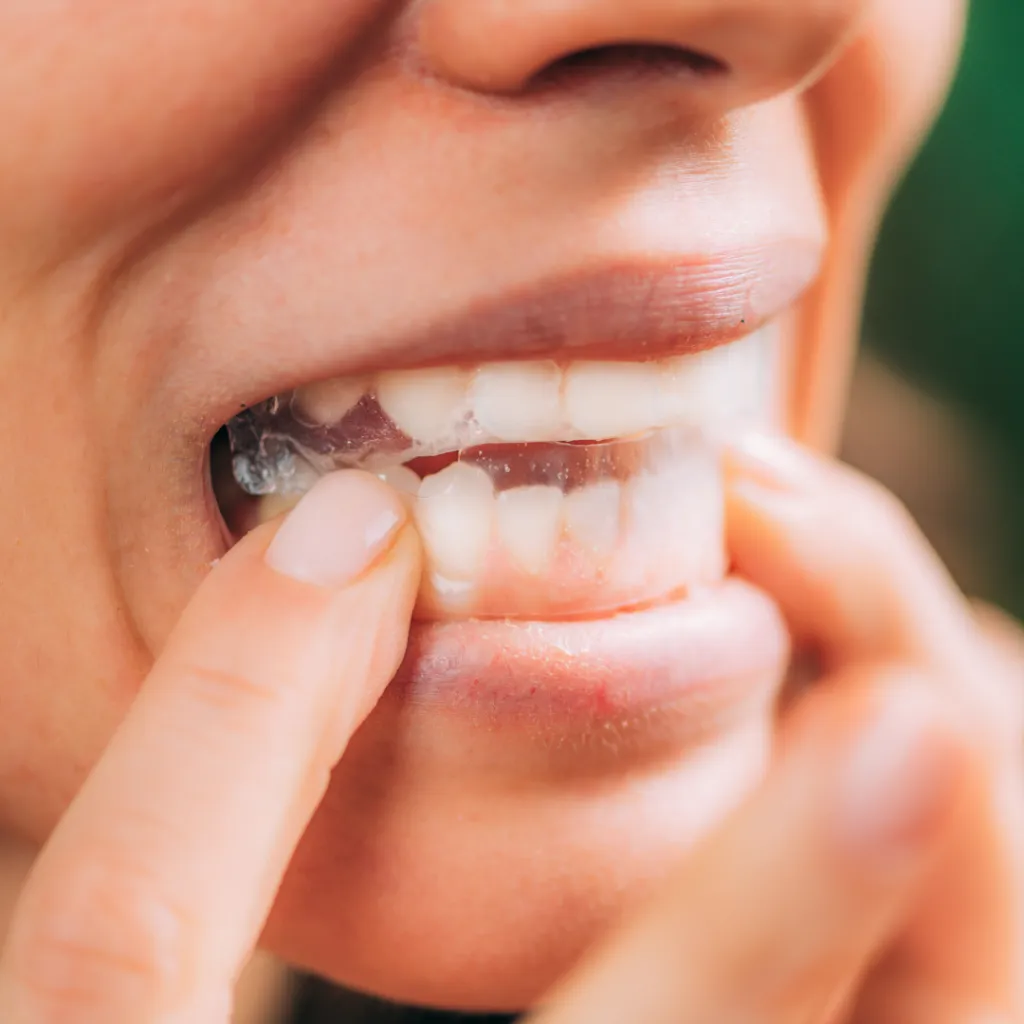Teeth whitening strips are a popular and convenient way to achieve a brighter smile. However, sometimes these products can lead to an unwelcome side effect white gums. If you’ve experienced this, you’re not alone. This article explores the causes of white gums from whitening strips, how to identify the problem, and most importantly, how to fix it and prevent it from happening again. Understanding the science behind the issue and the steps you can take to remedy it will help you maintain both a beautiful smile and healthy gums. Let’s dive into the details of what causes this, what to do if it happens, and how to avoid it in the future, ensuring you can enjoy a brighter smile without compromising your oral health.
What Causes White Gums from Whitening Strips
The primary reason whitening strips can cause white gums is due to the presence of bleaching agents, typically hydrogen peroxide or carbamide peroxide. These chemicals are designed to break down stains on your teeth, but they can also irritate the delicate gum tissue if they come into contact with it for too long or at too high a concentration. This can lead to a condition commonly referred to as a chemical burn or gum irritation, which manifests as white patches on the gums. The severity of the reaction can vary depending on the concentration of the bleaching agent, the duration of exposure, and the sensitivity of the individual’s gums. It’s crucial to understand the underlying causes to effectively address and prevent this issue.
Chemical Burns Explained
A chemical burn from whitening strips occurs when the bleaching agent comes into direct contact with the gum tissue and causes damage. The peroxide in the strips can essentially ‘burn’ the surface of the gums, leading to a whitening or blanching effect. This is because the peroxide disrupts the cells on the surface, leading to a change in color and texture. Chemical burns can range from mild irritation to more severe cases where the gums become significantly inflamed and painful. Factors like improper application, using strips that are too strong for your teeth, or leaving the strips on for too long can increase the risk of a chemical burn. Recognizing the signs early and taking appropriate action is key to minimizing discomfort and promoting healing. Image file: chemical-burn-gums.webp
Irritation from Bleaching Agents

Even without a full-blown chemical burn, the bleaching agents in whitening strips can cause irritation. The gums are sensitive, and prolonged exposure to these chemicals can trigger inflammation. This irritation might not always result in visible white patches but could present as redness, swelling, and tenderness. The irritation happens when the bleaching agent comes into contact with the gums. The intensity of the irritation is affected by the concentration of the bleaching agent, and how long it stays on the gums. Some people might be more sensitive to these agents than others, therefore experiencing symptoms more easily. Using products that are not appropriate for your specific needs or following the instructions is crucial. Image file: irritated-gums-whitening-strips.webp
How to Identify White Gums
Identifying white gums after using whitening strips involves looking for specific visual and physical indicators. Recognizing these signs early on allows you to take immediate action to mitigate any potential damage and prevent further issues. It’s important to be proactive and monitor your oral health closely when using these products. This section provides you with essential information to help you identify, understand, and appropriately respond to white gums caused by whitening strips. Early detection and prompt response can make a significant difference in the overall outcome and help prevent any long-term complications. Image file: identifying-white-gums.webp
Visual Indicators
The most obvious sign of white gums is the appearance of white patches or lines along the gum line. These areas may look blanched or pale compared to the surrounding gum tissue. The white discoloration is often a result of the bleaching agent damaging the surface cells of the gums. The shape and extent of the white areas depend on how the whitening strips were applied. They may appear in strips along the gum line where the product made contact, or they might cover larger areas. In some cases, there might also be a change in the texture of the gums. They could feel rough, and the affected area might appear slightly swollen. Image file: whitening-strips-white-gums.webp
Pain and Sensitivity

Along with visual changes, white gums caused by whitening strips can also be accompanied by pain and sensitivity. This is often due to the inflammation and irritation caused by the bleaching agents. The gums might become tender to the touch, making it uncomfortable to brush your teeth or eat certain foods. There could be a throbbing sensation, especially after using the whitening strips or when the irritation is more severe. Sensitivity to temperature is also common. You might find that cold or hot foods and drinks cause a sharp pain in the affected area. Monitoring these physical sensations is important for determining the severity of the problem and how to manage it effectively.
What to Do If You Get White Gums
If you notice white gums after using whitening strips, it’s essential to take immediate action to alleviate discomfort and promote healing. This involves several steps, from rinsing your mouth to soothing the affected areas and, in some cases, seeking professional dental care. Addressing the issue promptly can prevent further irritation and reduce the risk of complications. This section covers practical steps to treat white gums, ensuring you can minimize discomfort and support your oral health. Quick and effective measures can significantly improve the healing process. Image file: soothing-irritated-gums.webp
Immediate Actions
As soon as you notice white gums, the first step is to remove any remaining whitening product from your mouth. Rinse your mouth thoroughly with water to remove any residual chemicals. Avoid brushing your teeth immediately after, as this could further irritate the sensitive gum tissue. Assess the severity of the condition. If the white patches are small and the pain is mild, you can start with home remedies. If the gums are severely affected, seek professional dental advice immediately. Document the issue by taking pictures. This will help you track the progress of healing and provide valuable information for your dentist, if necessary. These immediate actions are essential to stop further damage and provide relief.
Rinsing and Soothing

After removing the whitening strips, gently rinse your mouth with lukewarm water. This helps to remove any remaining traces of the bleaching agent and prevents further irritation. You can also use a saltwater rinse. Mix a teaspoon of salt in a cup of warm water and swish it around your mouth for about 30 seconds. Saltwater has natural antiseptic properties and can help soothe the gums and reduce inflammation. Avoid mouthwashes containing alcohol, as they can exacerbate the irritation. Instead, opt for an alcohol-free mouthwash or continue with the saltwater rinse. Repeat the rinsing process several times a day to keep the area clean and promote healing. Image file: preventing-gum-irritation.webp
Avoiding Further Irritation
To prevent worsening the condition, avoid anything that might irritate your gums. Stay away from acidic or spicy foods, as they can cause discomfort. Also, avoid excessively hot or cold foods and drinks, as they can increase sensitivity. When brushing your teeth, use a soft-bristled toothbrush and apply gentle pressure. Refrain from brushing the affected areas directly until they begin to heal. Avoid using whitening strips or any other teeth-whitening products until your gums have completely recovered. It is important to give your gums time to heal and regenerate. This will make it easier to go back to your normal oral care routine. Image file: preventing-gum-irritation.webp
Long-Term Solutions
While immediate actions offer relief, long-term solutions focus on treating the underlying problem and preventing future occurrences. These solutions might include using over-the-counter treatments, consulting with a dentist, or adjusting your oral hygiene routine. The approach you take depends on the severity of your condition and your personal preferences. Implementing these solutions can help you achieve and maintain healthy gums and a brighter smile. Remember that consistency and a proactive approach are important to overall oral health. The following solutions ensure the longevity of your beautiful smile and healthy gums.
Over-the-Counter Treatments

For mild cases of white gums, over-the-counter treatments can help soothe the irritated tissue and promote healing. Look for products designed for sensitive gums, such as mouthwashes and toothpastes that are alcohol-free and contain soothing ingredients like aloe vera or chamomile. These ingredients have anti-inflammatory and healing properties. Apply a small amount of these products to the affected areas to reduce irritation. You can also use over-the-counter pain relievers, such as ibuprofen or acetaminophen, to manage any discomfort. Always follow the instructions on the product labels, and if symptoms worsen or persist, consult with your dentist. These treatments provide a basic approach and offer easy access to relief.
Professional Dental Care
If your white gums are severe, or if home treatments don’t work, it’s crucial to seek professional dental care. Your dentist can assess the damage, provide a diagnosis, and recommend appropriate treatment. They might prescribe a topical medication to reduce inflammation and promote healing. In some cases, the dentist might perform a professional cleaning to remove any irritants. They can also advise on the best oral hygiene practices. The dentist can check for any signs of infection. Your dentist will also offer guidance on how to prevent future issues. Regular check-ups are important to maintain oral health. Professional dental care is especially important in the case of serious conditions. Image file: dentist-examining-gums.webp
Preventing White Gums in the First Place
The best approach to dealing with white gums is to prevent them from happening in the first place. Taking proactive measures can help you enjoy a brighter smile without damaging your gums. This section provides advice on correct techniques and making informed product choices. Consulting a dentist is also highly recommended. Following these guidelines will reduce your risk of developing white gums. This is essential to achieving and maintaining optimal oral health. Taking preventive steps is crucial to having a healthy and beautiful smile. These precautions offer the best way to protect your gums while whitening your teeth.
Proper Application Techniques

Correct application techniques are crucial to prevent whitening strips from touching your gums. Before applying the strips, make sure your teeth are clean and dry. Carefully align the strips to your teeth, avoiding any contact with the gums. Gently press the strip onto the teeth. Trim any excess strip material if necessary to ensure it doesn’t overlap onto the gums. Follow the instructions on the product packaging. Do not leave the strips on for longer than recommended. If any part of the strip touches the gums, remove it immediately and reapply it to the teeth only. Good application is essential to protect your gums and help in having a healthy smile. Image file: preventing-gum-irritation.webp
Choosing the Right Product
When selecting whitening strips, consider the concentration of the bleaching agent. Products with lower concentrations of hydrogen peroxide or carbamide peroxide are gentler on the gums. Look for strips specifically designed for sensitive teeth, as they often contain lower levels of the active ingredients. Research reviews from other users and make sure the product has positive ratings. Consider strips with features that help prevent gum contact, such as those with a more flexible design or a precise application method. It is very important to choose a product that suits your teeth and reduces the risk of irritation. Consult your dentist for recommendations. Image file: choosing-whitening-strips.webp
Consulting Your Dentist
Before starting any teeth-whitening treatment, it’s always a good idea to consult your dentist. Your dentist can assess your oral health and determine if whitening strips are a suitable option for you. They can also provide personalized advice on which products to use and how to apply them correctly to minimize the risk of gum irritation. The dentist can identify any pre-existing conditions, such as gum disease or tooth sensitivity, which may make you more susceptible to side effects. They might also suggest alternatives to whitening strips if necessary. Regular dental check-ups are important to maintain your oral health. Consulting a dentist provides tailored guidance and professional insight to help you achieve a brighter smile safely. Image file: dentist-examining-gums.webp
In conclusion, while teeth whitening strips can be an effective way to enhance your smile, it’s essential to be aware of the potential side effects, such as white gums. Understanding the causes, recognizing the symptoms, and knowing how to address the issue can help you maintain both a beautiful smile and healthy gums. By following the preventative measures, such as applying the strips correctly, choosing the right product, and consulting your dentist, you can minimize the risk of gum irritation and enjoy the benefits of teeth whitening safely. Prioritizing your oral health is key to a lasting, radiant smile, so always proceed with caution and be proactive in your care. Remember, a healthy smile is a beautiful smile, and with the right approach, you can achieve both!
